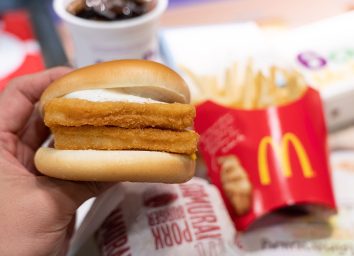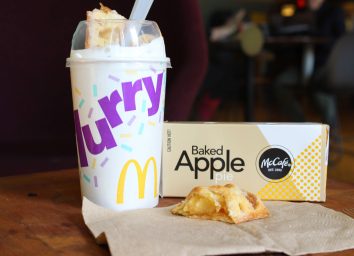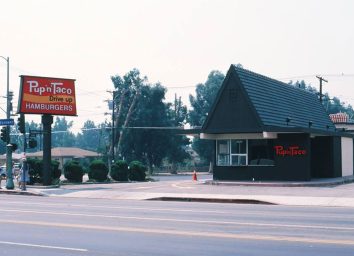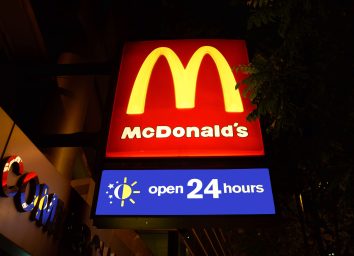The 10 Worst Things About McDonald's
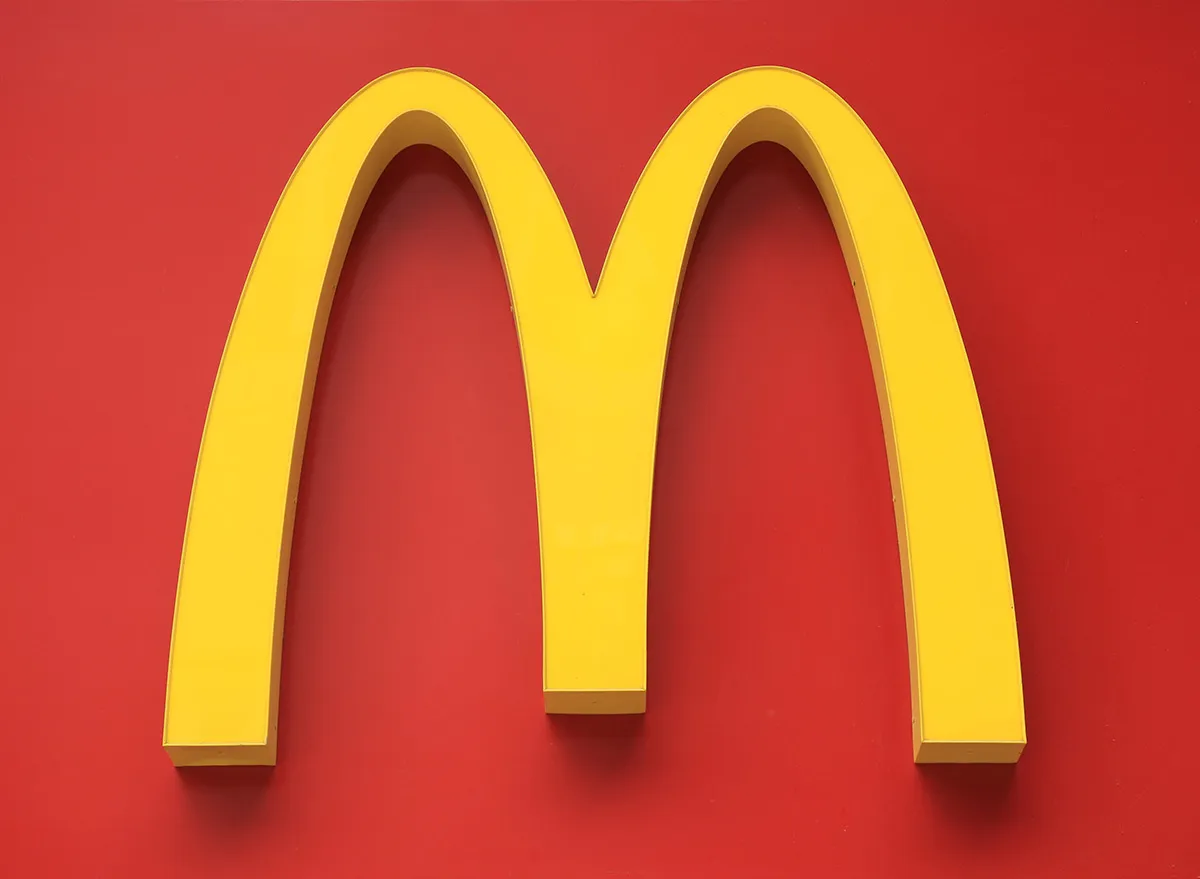
Once upon a time, McDonald's had a PR problem. No, make that several. And all of the worst things about Mickey D's seemed to be coming to light.
For one, we've all seen the "pink slime" video of McDonald's workers churning out a thick, pasty goop, supposedly on its way to becoming chicken nuggets (this was, in fact, beef filler to lean out the burgers—it's better, but not by much). We've heard the horror stories of cruelty on factory farms that make us hug our pets just a little bit tighter. And by this point, we're all well aware that the astronomical calorie counts McDonald's meals are contributing to America's growing obesity epidemic.
So, the fast-food giant has started making a few changes in recent years. Where McDonald's burgers used to be so pumped full of chemical additives and preservatives that the patties could supposedly withstand years without visibly aging, the company has brought in some simpler recipes and more authentic ingredients to try to turn things around. But does that mean we should all be flocking to our nearest Mickey D's on the regular, or is it all a marketing scheme that's just too good to be true? While you may enjoy a splurge now and then, here are the top 10 reasons it's probably best to steer clear, for the sake of your good health—and your good conscience.
Preservatives are still used.
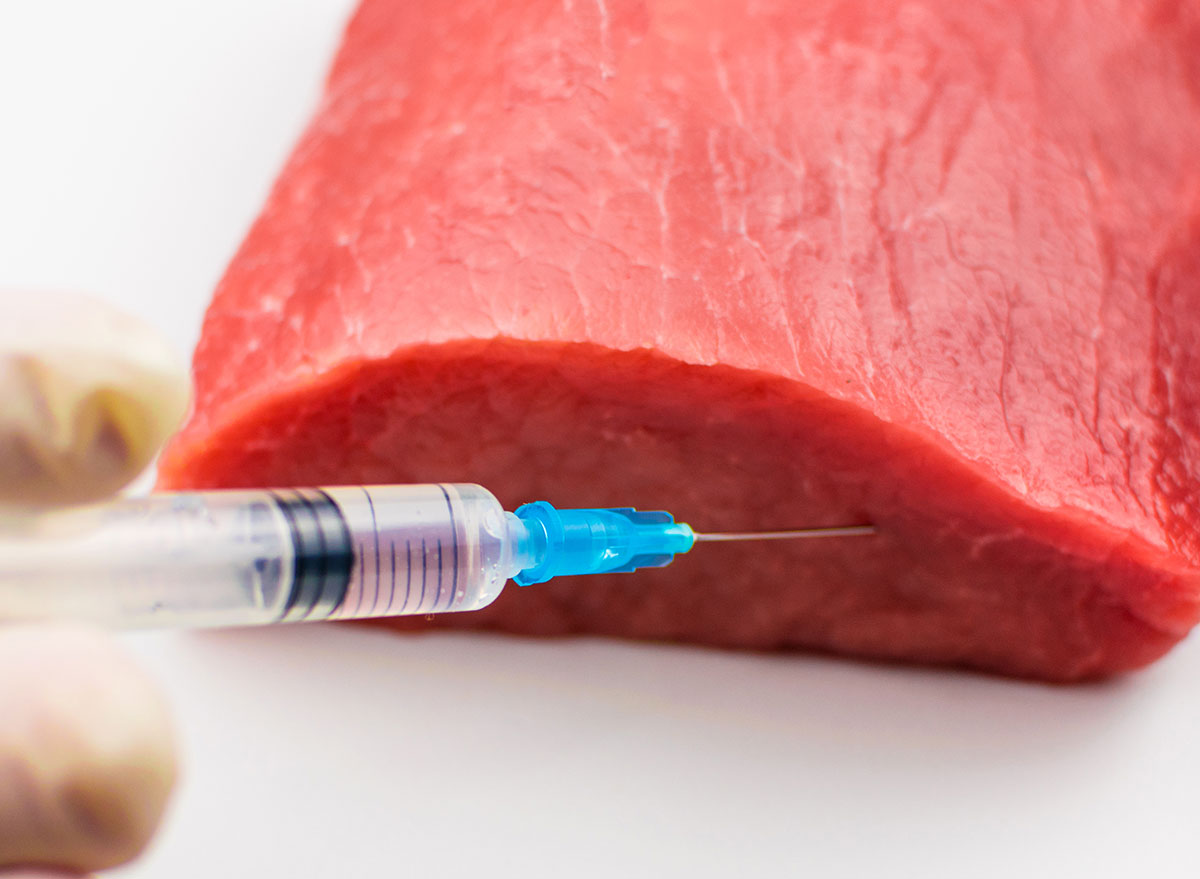
A quick look at the McDonald's website might leave you with the impression that the fast-food chain no longer uses preservatives in its food. And while the company has made major strides in the direction of fresher ingredients, about one-third of the sandwiches still contain preservatives‒a fact that is conveniently left out of the recent rebranding effort.
You can make your own for less.
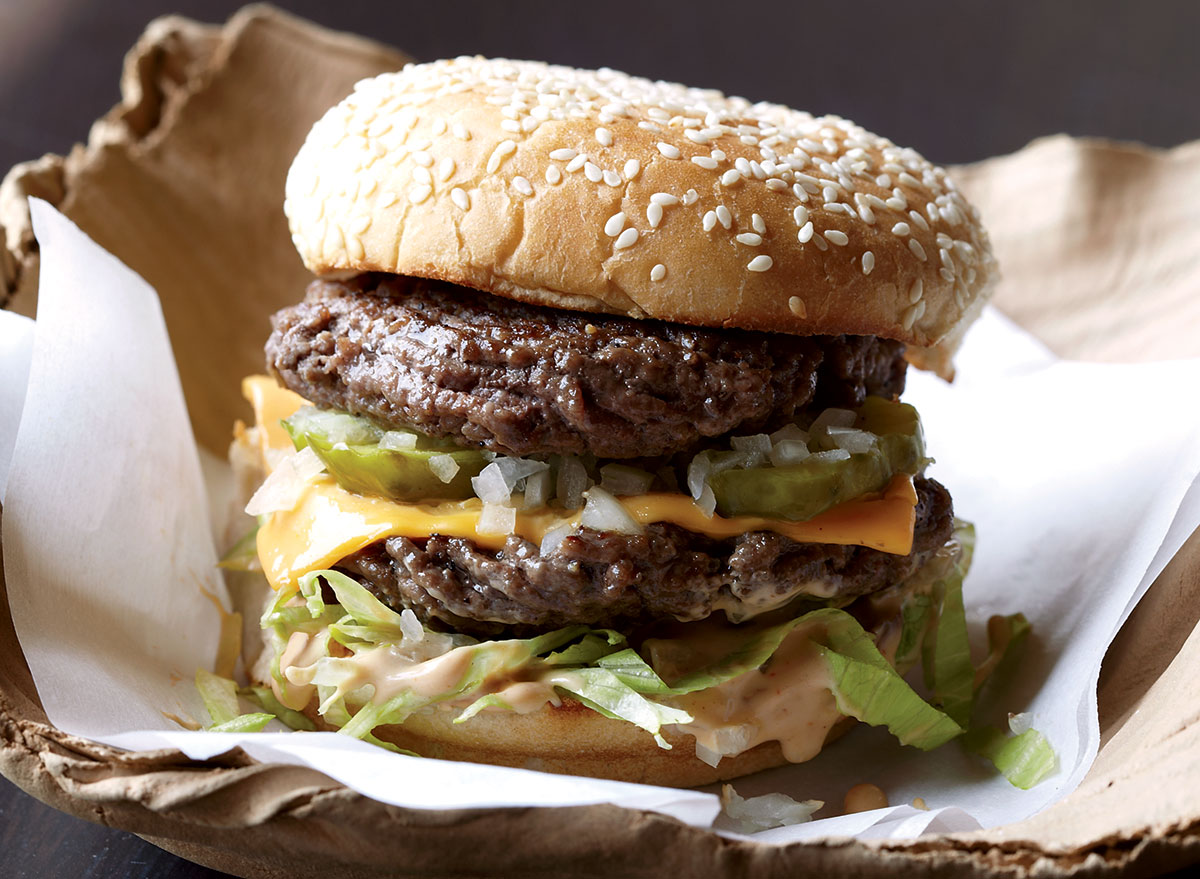
Sure, it might take some practice to replicate the perfect Big Mac, but there really are lots of items on the menu that you can make with better quality ingredients, right at home, and for less money. Ever since they gutted the dollar menu, leaving just a small handful of breakfast items and sides at lower prices, it's become harder to justify eating at Mickey D's in the spirit of thriftiness.
No, they did not stop using high fructose corn syrup.
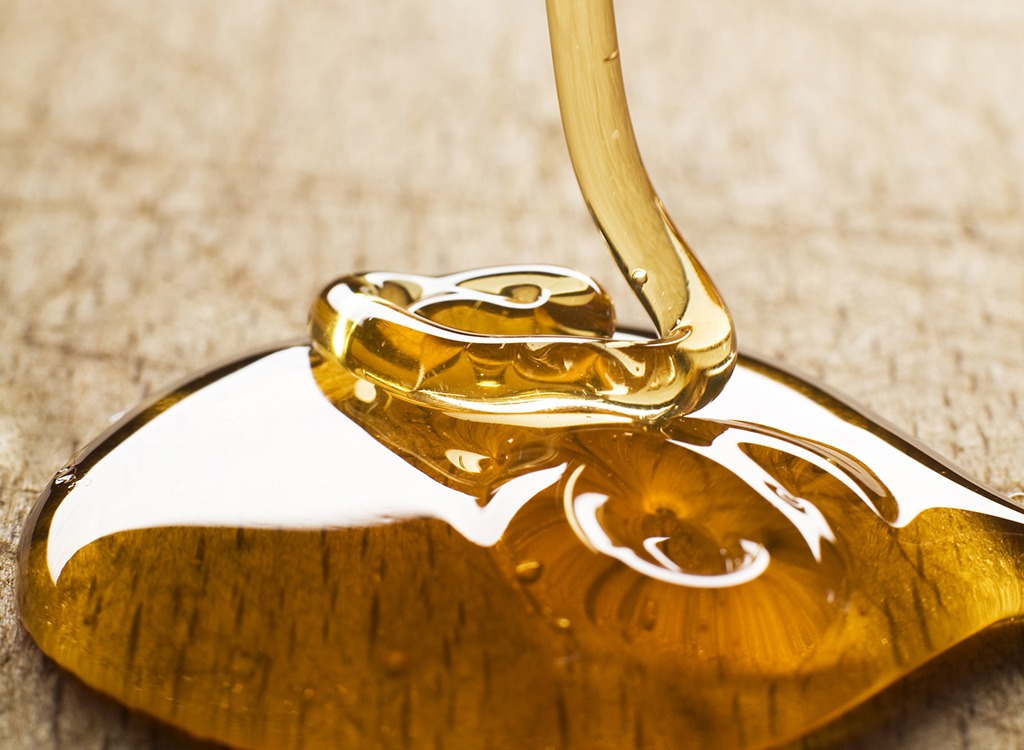
McDonald's made a big splash when they removed corn syrup from their bun recipe in 2016, and media outlets widely reported on what seemed to be sweeping changes made to the menu, highlighting their choice to ditch the stuff. Yet when you look at their online menu and nutrition calculator, you can still find corn syrup in nearly all of the sauces slathered on top of your burgers, not to mention the more obvious culprits like beverages, shakes, and desserts.
They market to children.
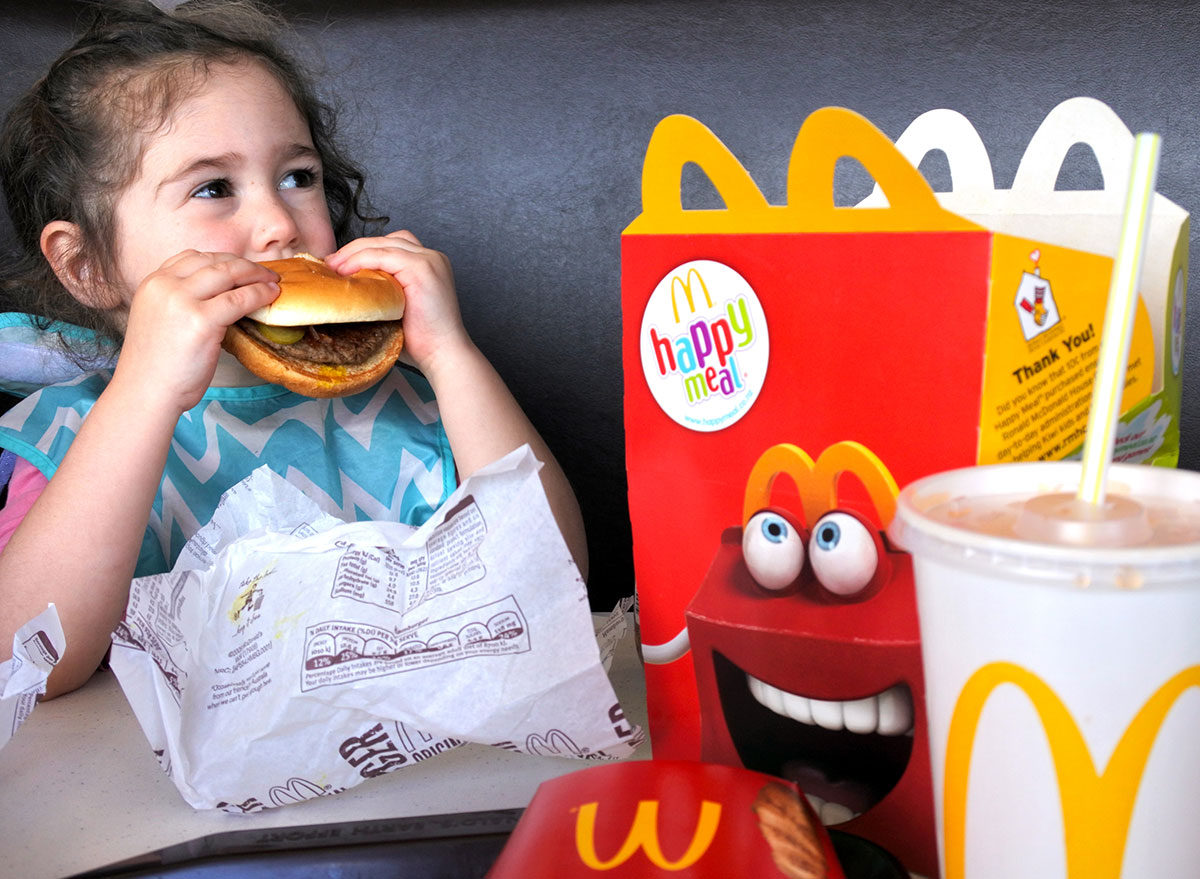
It's often argued that fast-food companies are not responsible for what we, the consumers, put in our mouths—only we can make that choice. But when it comes to kids, things are a bit more complicated. McDonald's uses targeted ads and Happy Meal toys to market to children in a way that distorts the decision-making process by forming unhealthy habits at an early age. According to the CDC, one in five kids are obese, thanks in large part to eating fast food.
The unfrozen quarter pounder misses the point.
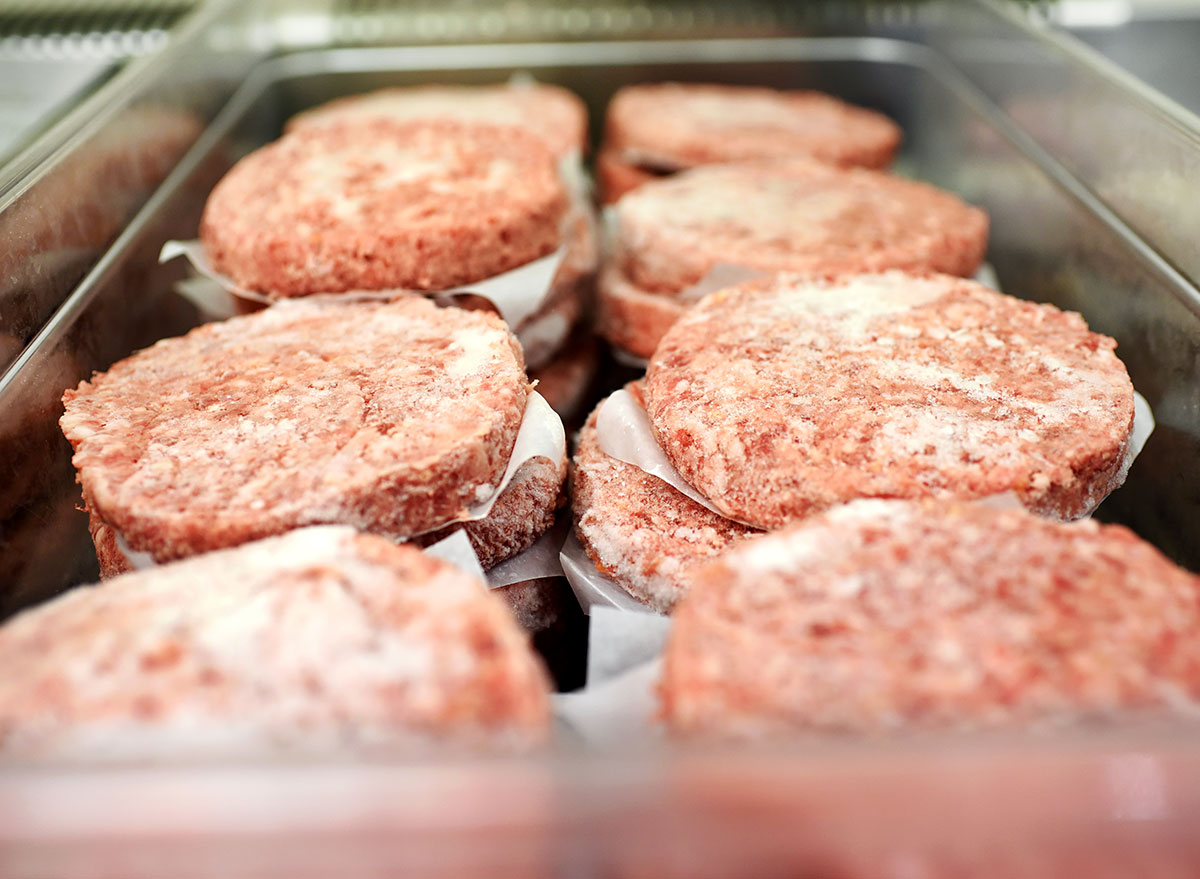
Likely in an effort to compete with rival Wendy's "Always fresh, never frozen" slogan, McDonald's started serving up never-frozen Quarter Pounders. Besides the fact that singling out one burger to be "fresh" turns up the contrast with all of the others on the menu, Forbes points out that whether they freeze or don't freeze the meat has little impact on health or taste. At its heart, this is solely a marketing move.
Animals are still being mistreated.
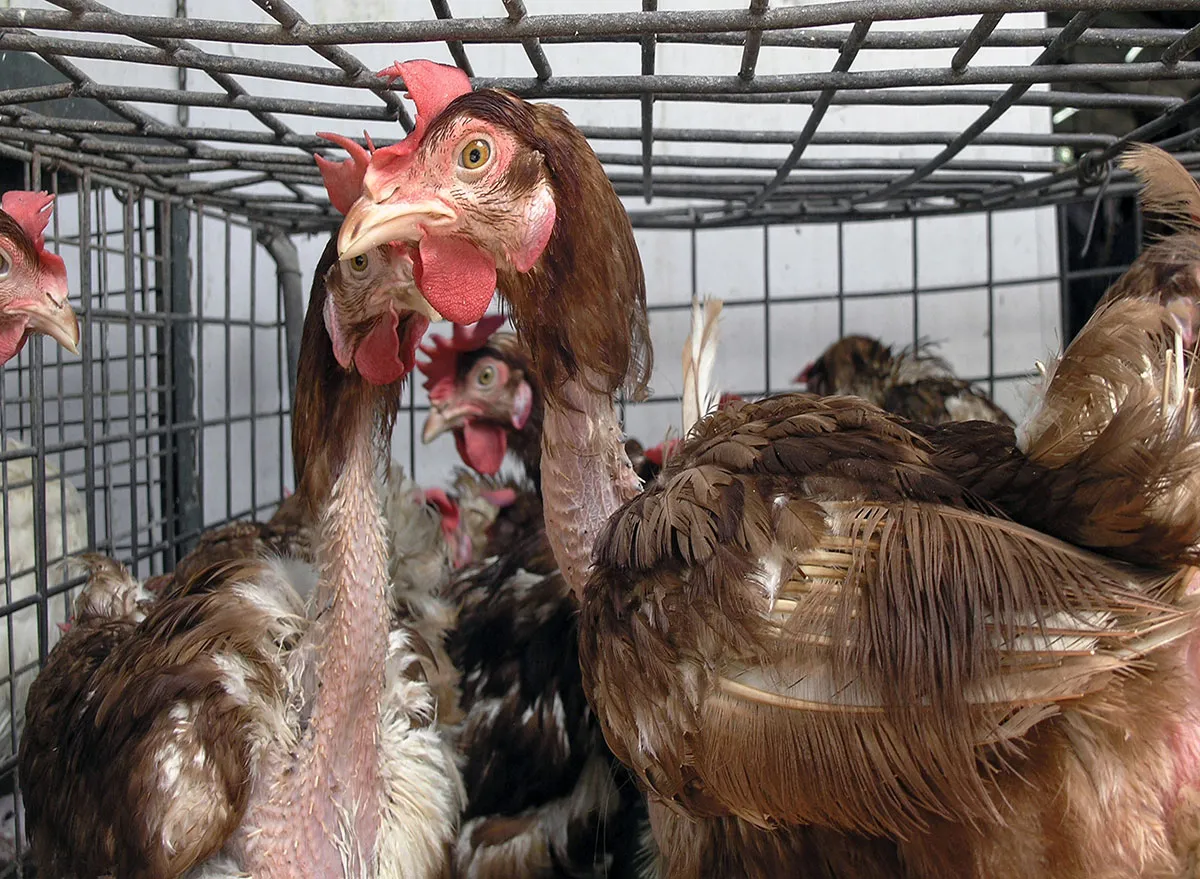
In 2017, six animal welfare groups penned an open letter to McDonald's in The New York Times making a strong case against the fast-food restaurant's treatment of chickens. Though the company fared better than competitors like Wendy's and Subway on a ranked list of animal welfare benchmarks, it still breeds chickens that are too large to support their own body weight by just six weeks old and keeps them crammed in small, dark, unsanitary mass coops.
Those "simple" ingredients may still surprise you.
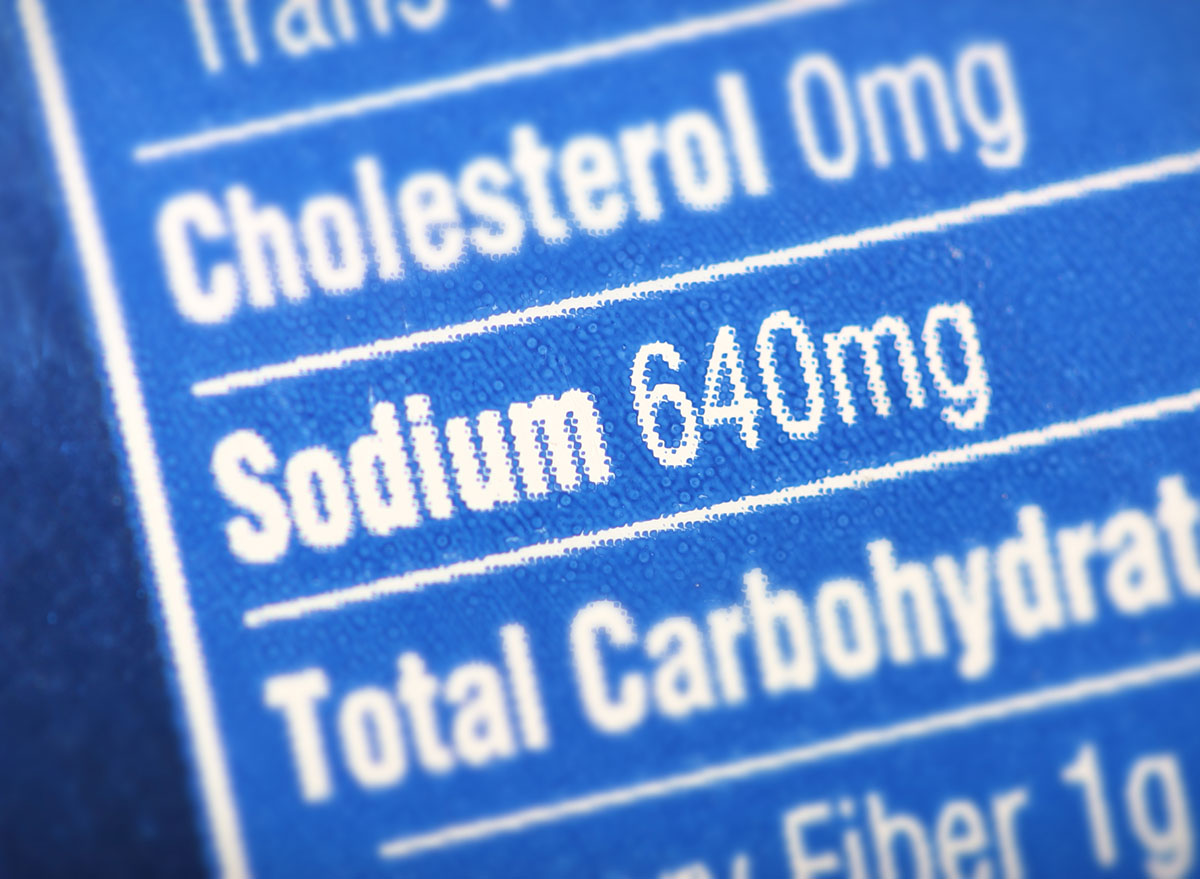
The shiny new trademarked food philosophy at McDonald's is, "The Simpler, The Better," but pull up the ingredient list to any sandwich, and it can take up a full page! The company has made a notable effort to simplify its contents since 2017, when media outlets caught wind of the staggering 19-item ingredient list for McDonald's French fries. Though the chemicals and preservatives were selectively axed from particular menu items due to the backlash, you're still likely to be surprised at some of the contents post-rebranding: maltodextrin, sodium phosphate, sodium nitrate, and artificial caramel coloring, to name a few.
The chicken nuggets aren't what you expect.
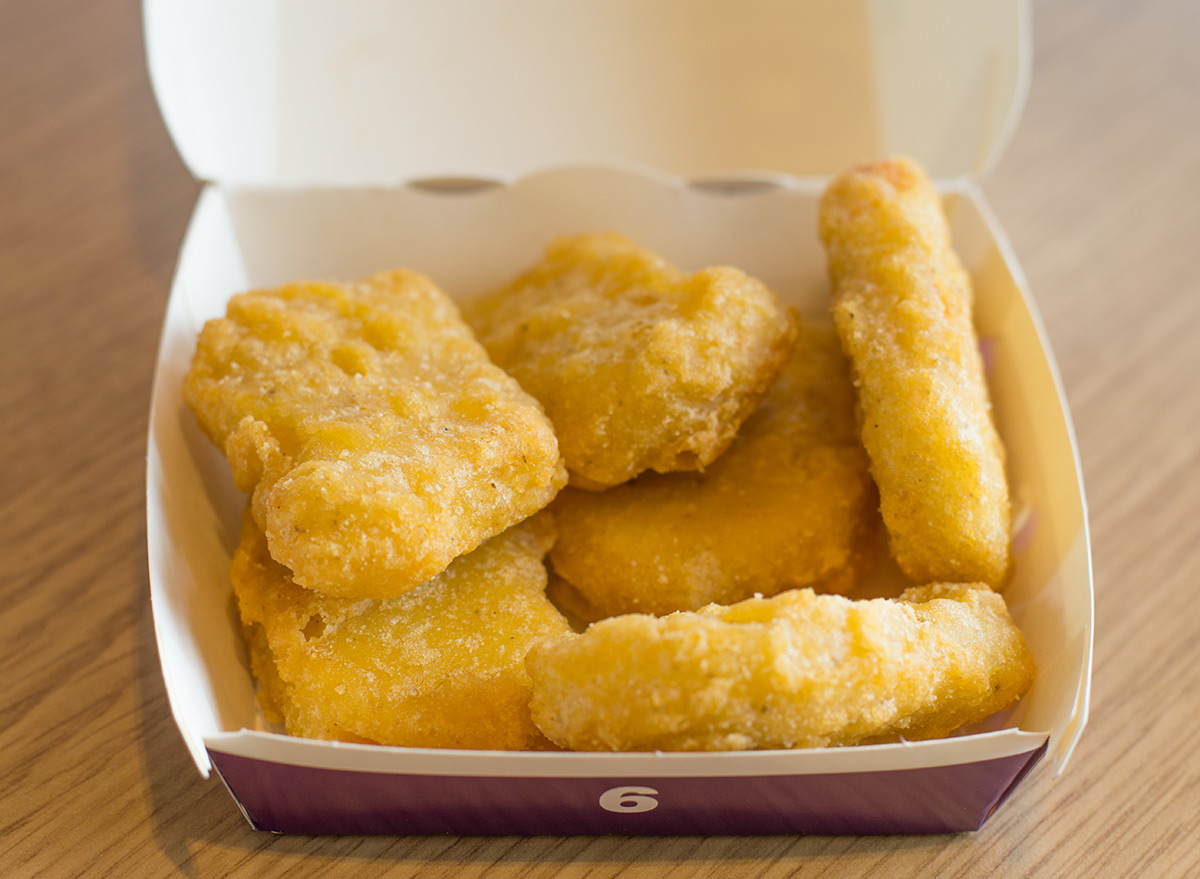
Those McNuggets might seem harmless, but between the laundry list of ingredients and pink slime claims, there's also the idea that, uh, they melt. See, former McDonald's employee and Reddit user DFunkatron explained, "I accidentally left a whole bag of about 100 chicken nuggets out on a counter for way too long. They melted. Into a pool of liquid." Yikes. So why did this happen? It could be thanks to those pesky ingredients, as the finely-ground chicken meat is combined with a water-based marinade of sodium phosphates, food starches, dextrose, citric acid, autolyzed yeast extract, and natural flavoring.
The shamrock shake is pure sugar and artificial coloring.
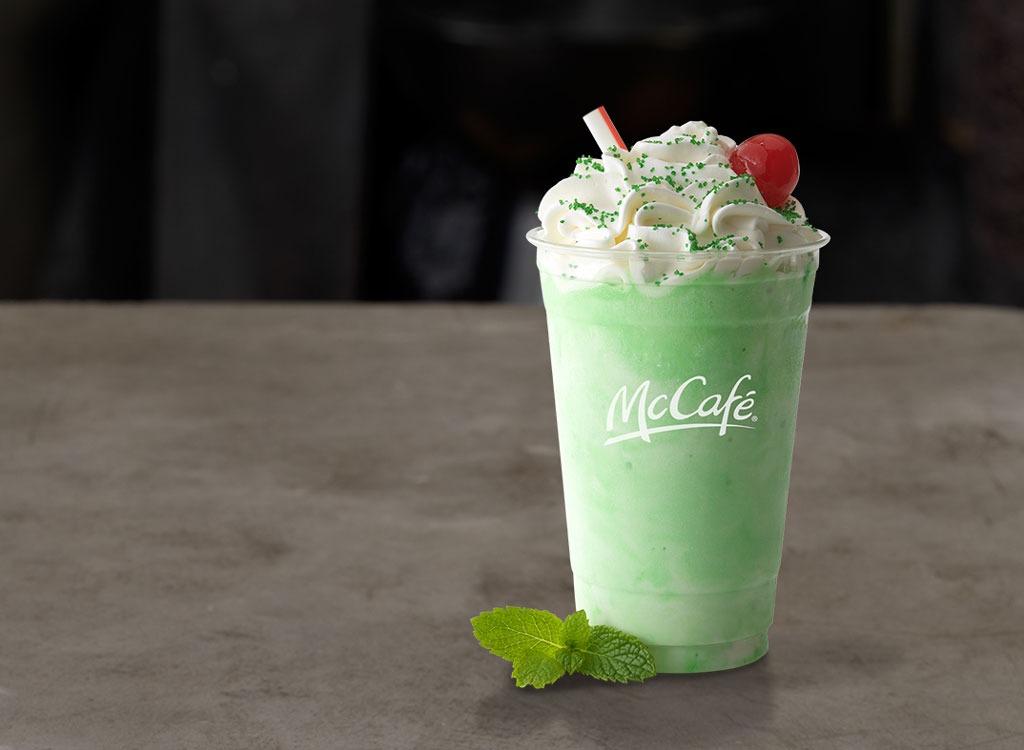
The festive frozen treat only comes around for a limited time each year, making it a popular item during its yearly run on the menu. But, the shake is something to stay far away from, as it contains a very high amount of sugar and questionable ingredients.
"The Shamrock Shake is a sugar bomb at 63 grams of sugar and 74 grams of carbs for a small," Maryann Walsh, MFN, RD, CDE Registered Dietitian and Certified Diabetes Educator tells us. That's as much sugar as 16 sugar packets! "While a majority of its 460 calories come from the carbs and sugar, it also has 13 grams of fat and 8 grams of saturated fat," she continued. And as for what gives the drink its green hue, well, it's not coming from any actual mint. It's a combination of artificial colors, specifically Yellow 5 and Blue 1, and from something simply called Shamrock Shake syrup.
The food is wreaking havoc on the environment.
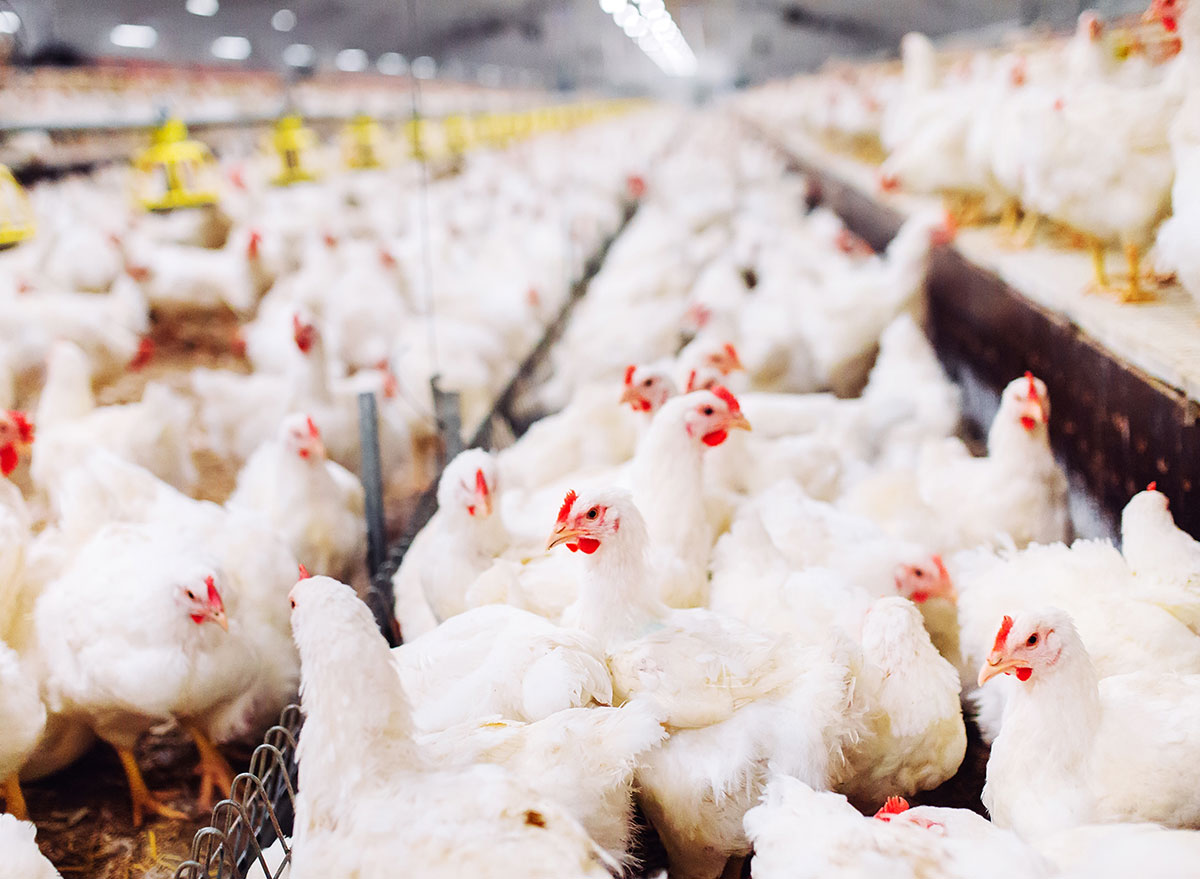
Factory farms are one of the worst offenders when it comes to harming our environment, and according to a report published in the journal Environmental Health Perspectives, the farm animal sector is the single greatest user (and abuser) of land and the greatest contributor to deforestation. The waste runoff from cow manure causes dangerous water and land pollution, and the greenhouse gases they emit are pushing us dangerously close to a point of no return for climate change. Business Insider reports that McDonald's sells an average of 75 hamburgers per second, so it will come as no surprise that McDonald's is one of the worst offenders by virtue of its scale.
